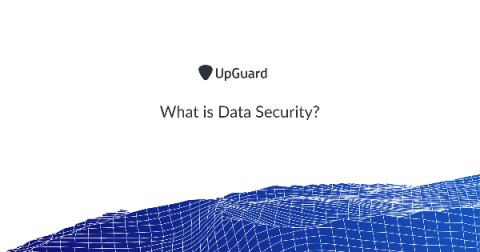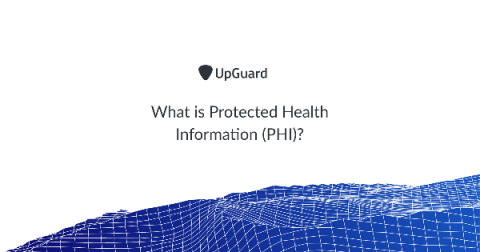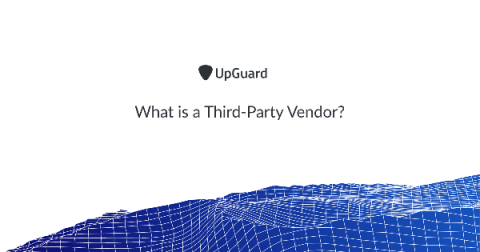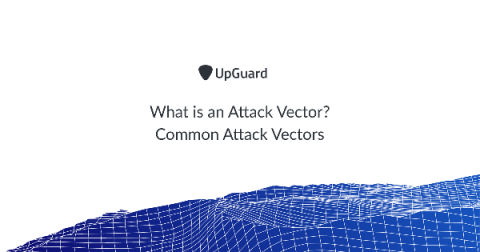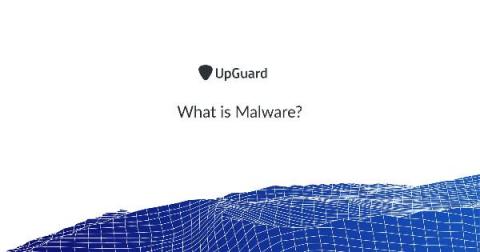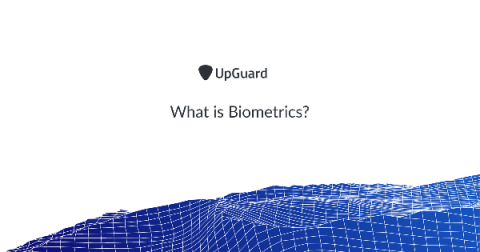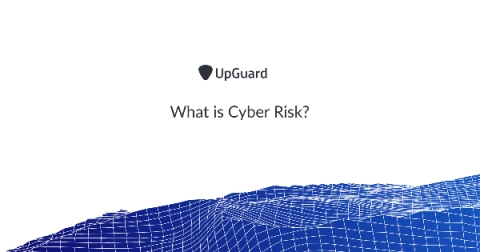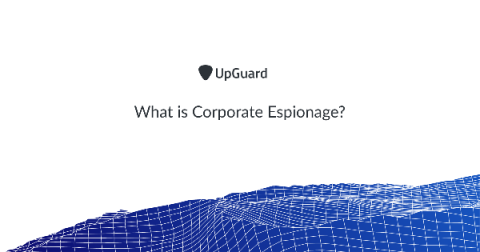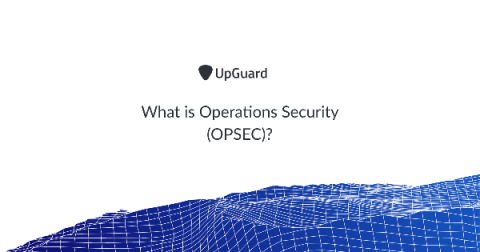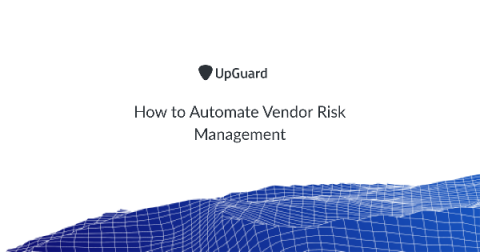What is Data Security?
Data security is the process of protecting sensitive data from unauthorized access and corruption throughout its lifecycle. Data security employs a range of techniques and technologies including data encryption, tokenization, two-factor authentication, key management, access control, physical security, logical controls and organizational standards to limit unauthorized access and maintain data privacy.


